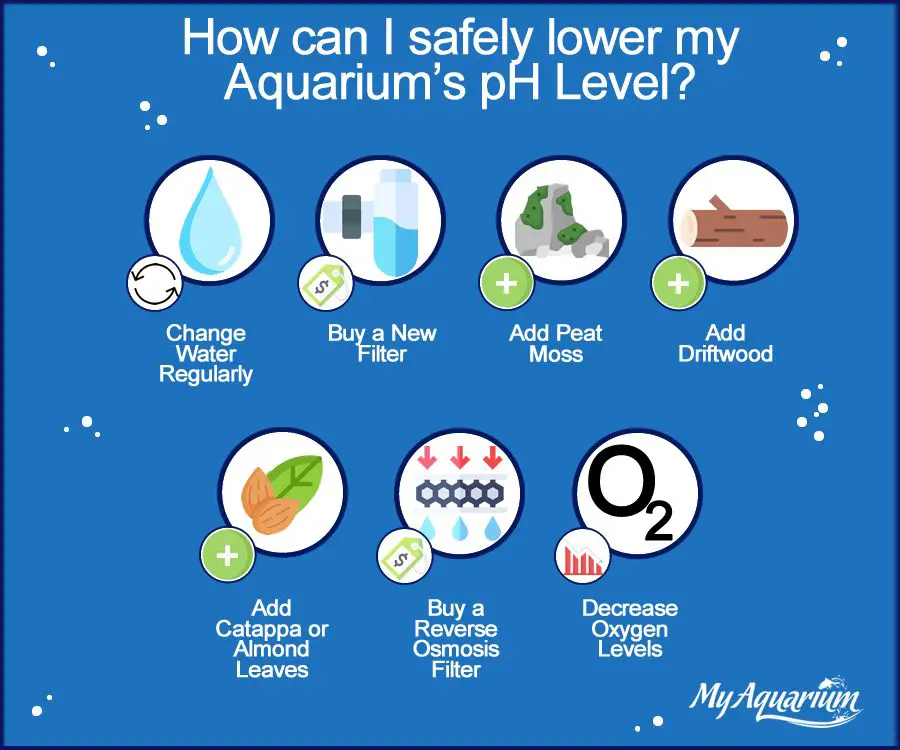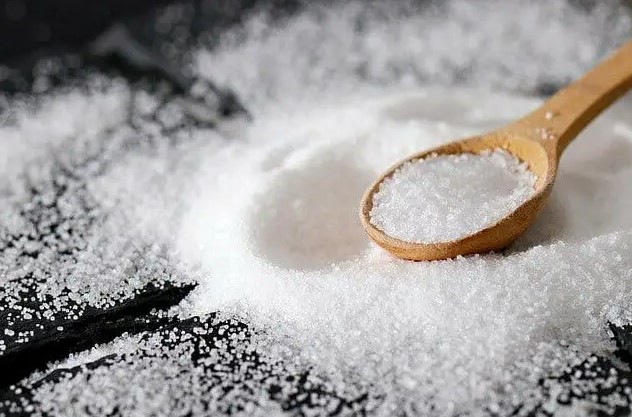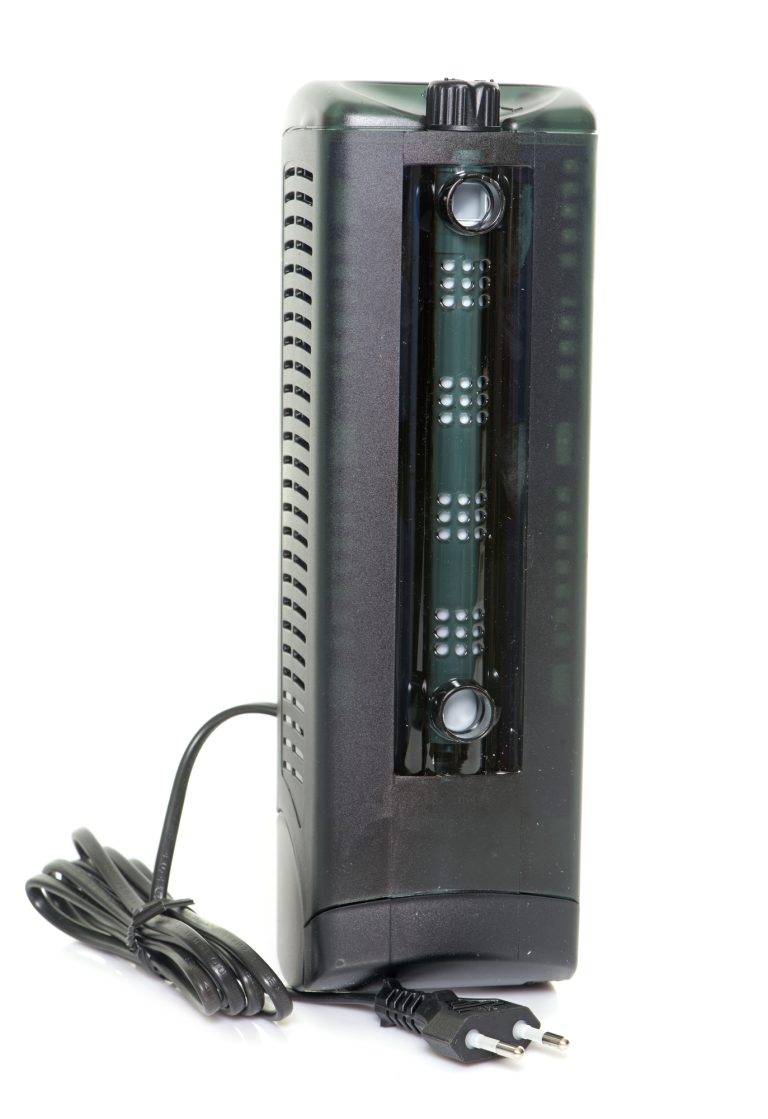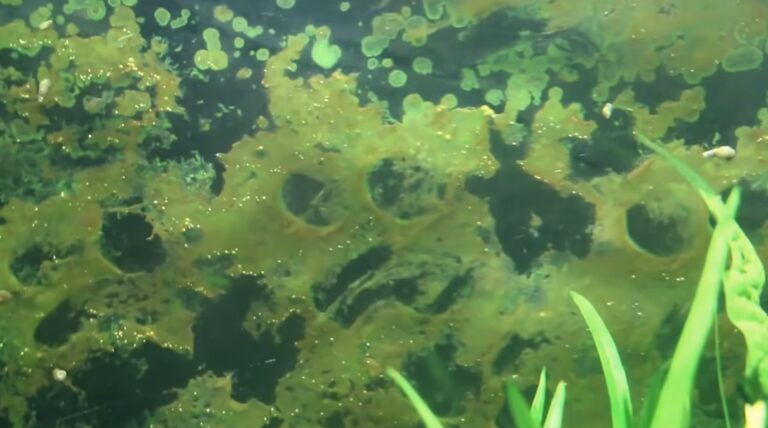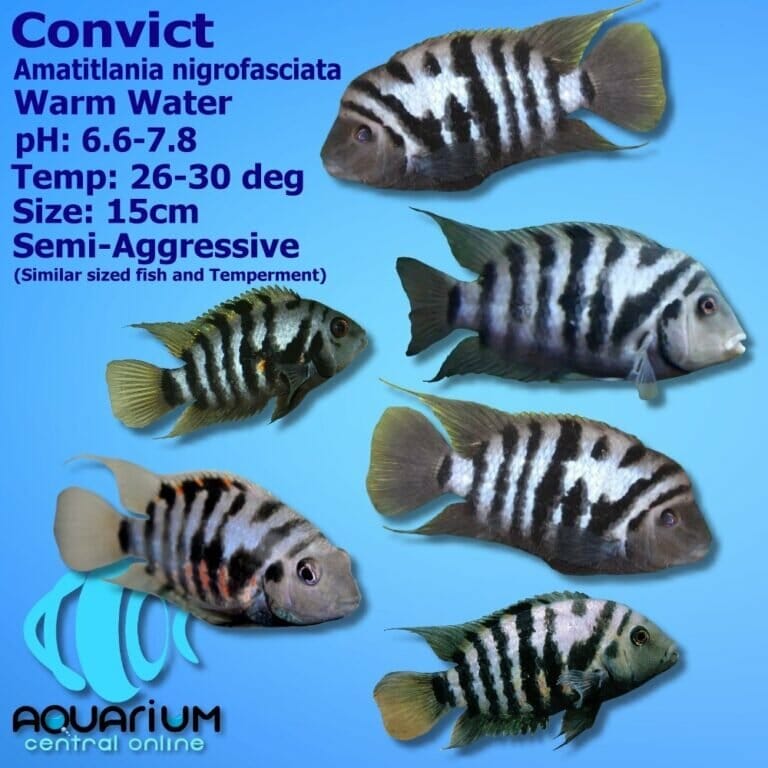How To Lower Ph In Aquarium
How to Lower pH in Aquarium: A Comprehensive Guide
Have you noticed that the pH level in your aquarium is too high? Maintaining the correct pH level is crucial for the health and well-being of your fish and other aquatic organisms. In this article, we will explore various methods on how to lower the pH in your aquarium and create a conducive environment for your aquatic pets.
Understanding pH Levels in Aquariums
Before diving into the methods to lower pH, let’s first understand what pH is and why it is important in aquariums. pH measures the acidity (or alkalinity) of a given solution and is measured on a scale of 0 to 14. A pH of 7 is considered neutral, while pH values below 7 indicate acidity, and pH values above 7 indicate alkalinity.
Different fish species have different preferred pH levels, and maintaining the right pH range is essential for their overall health and immune function. Most freshwater fish thrive in a pH range of 6.5 to 7.5, while saltwater fish prefer a slightly higher range of 8.2 to 8.4.

Factors Affecting pH in Aquariums
Several factors can influence pH levels in aquariums. Understanding these factors will help you identify the root cause of high pH and take appropriate corrective measures. Some common factors include:
1. Water Source: The pH of your tap water or the water source you use to fill your aquarium can impact the pH levels. Some water sources may have naturally high pH levels, making it necessary to take steps to lower it.
2. Decorations and Substrate: Certain decorations and substrate materials, such as limestone or coral, can raise the pH levels in your aquarium over time.
3. Biological Processes: The breakdown of organic matter, such as fish waste and decaying plants, can release acids that lower the pH. However, in some cases, the decay process can lead to alkalinity, raising the pH instead.
4. Carbonate Hardness (KH): KH, also known as alkalinity, acts as a buffer and helps stabilize the pH in your aquarium. High KH levels can make it difficult to lower the pH.
Now that we have a basic understanding of pH levels and the factors that can influence them, let’s explore some effective methods to lower the pH in your aquarium.
1. Using Reverse Osmosis (RO) Water
Reverse osmosis (RO) water is a popular choice for aquarium enthusiasts who want to have full control over the water parameters, including pH. RO systems filter out impurities and minerals from tap water, resulting in a neutral base water that can easily be customized to suit your specific needs.
To lower the pH using RO water, you can mix it with your tap water or the existing aquarium water. The RO water will dilute the alkalinity, lowering the overall pH level. However, it’s essential to monitor the pH closely and make gradual adjustments to avoid sudden fluctuations.
2. Adding Peat Moss
Peat moss is a natural and effective way to lower the pH in your aquarium. It contains organic compounds that release tannins, which have a natural acidic effect on the water. You can place a bag of peat moss in your aquarium filter or use peat pellets specially designed for aquarium use.
It’s important to note that peat moss can also darken the water due to the release of tannins. While this is natural and harmless to fish, some aquarists prefer clear water for aesthetic reasons. If you prefer clearer water, you can use activated carbon or chemical filtration to remove the tannins.
3. Utilizing Driftwood
Driftwood is not only a beautiful addition to your aquarium but can also help in lowering the pH. Similar to peat moss, driftwood releases tannins into the water, creating a slight acidity. This natural process can help lower the pH and create a more suitable environment for acid-loving fish species.
Before adding driftwood to your aquarium, make sure to soak it in water and boil it several times to remove any excess tannins and to prevent it from floating. Over time, the tannins will leach out naturally, gradually lowering the pH.
4. Incorporating Almond Leaves
Almond leaves, also known as Indian almond leaves or Catappa leaves, have been used for centuries in aquariums to mimic the natural habitat of fish. These leaves release tannins into the water, creating a natural acidic environment that can help lower the pH.
To use almond leaves in your aquarium, simply add a few leaves to the water. You can either leave them whole or crush them to expedite the release of tannins. Over time, the leaves will decompose, and you can replace them as needed.
5. Using pH-Lowering Chemicals
In some cases, where other methods haven’t been effective, you may need to resort to pH-lowering chemicals as a last resort. These chemicals, such as pH decreasers or pH buffers, are available in pet stores and can help lower the pH levels in your aquarium.
It’s crucial to follow the instructions provided with the chemical product and make gradual adjustments. Sudden and drastic changes in pH can stress your fish and harm their health. Regular testing of the aquarium water parameters is necessary to ensure the chemical treatment is working correctly.
Frequently Asked Questions
Q1: Can I use vinegar to lower the pH in my aquarium?
While vinegar is acidic, it is not recommended to use it to lower the pH in your aquarium. Vinegar is composed of acetic acid, which can rapidly alter the pH levels and cause significant fluctuations, stressing your fish. It is best to use natural methods or specific aquarium products designed for pH adjustment.
Q2: Should I adjust the pH gradually or all at once?
It is essential to adjust the pH gradually to avoid shocking your fish. Rapid changes in pH can lead to stress and compromise their health. Make small adjustments over time, closely monitoring the pH levels and observing how your fish are responding.
Q3: Is a stable pH more important than the actual value?
While maintaining a stable pH is crucial, the actual pH value is also significant. Different fish species have specific pH requirements for optimal health. It’s essential to research the preferred pH range for your fish species and create a stable environment within that range.
Final Thoughts
Maintaining the correct pH level in your aquarium is vital for the well-being of your aquatic pets. By implementing the methods mentioned in this guide, you can effectively lower the pH and create a suitable environment for your fish. Remember to monitor the pH closely, observe your fish’s behavior, and make gradual adjustments to ensure their health and happiness.
Lowering the pH in your aquarium may require some trial and error to find the best method for your specific setup. With patience and dedication, you can create an optimal environment that promotes the longevity and thriving of your fish. Happy fishkeeping!
